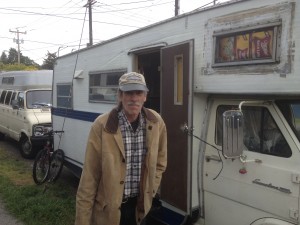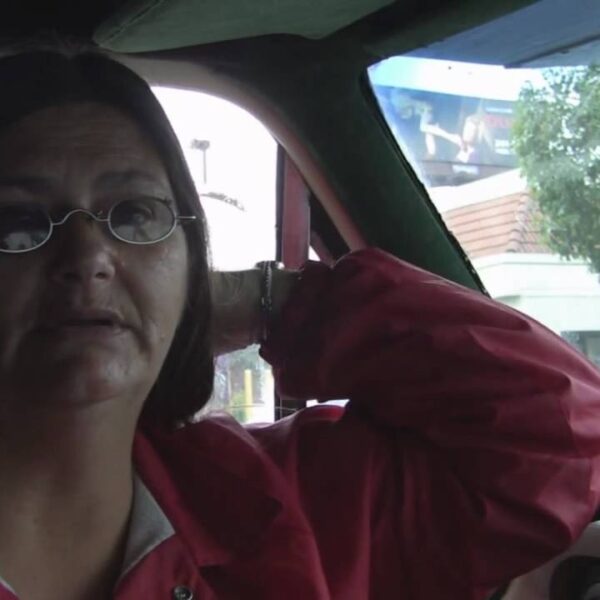 Mobile Homeless, or as Graham Pruss would have us all say: Vehicular Residency is the fastest growing demographic of people experiencing homelessness. In Seattle, 30% of unsheltered homeless people live in vehicles, and it’s been that way for nearly a decade.
Mobile Homeless, or as Graham Pruss would have us all say: Vehicular Residency is the fastest growing demographic of people experiencing homelessness. In Seattle, 30% of unsheltered homeless people live in vehicles, and it’s been that way for nearly a decade.
If you think about it, it’s not hard to see why. The economy is still hurting. When someone loses their job, losing their house or apartment is next. If the person has a vehicle, they will live in that vehicle, often holding down low-income jobs or continuing to look for work. They choose their vehicle for several reasons. For one, many first-time ‘vehicle residents” don’t know how to navigate the social services system, or they are scared to stay in a shelter. (not all, but most shelters are horrible). Plus, their car is their last possession and offers some independence.
Other people will see homelessness coming and jump on Craigslist to buy an RV with what little money they have left. Many cities now have turned into a giant RV campground with RVs parked throughout city streets.
Working with people who are living in a vehicle requires different strategies and outreach models. The good is that many are new to homelessness and are often easier to help back into normal society. The bad is, because they are mobile, they are often harder to locate. Normally, outreach teams that are targeting mobile homelessness start early evenings, when vehicle residents have found a safe place to park for the night. I personally find it challenging to knock on some strange RVs door, so I always try and bring a “gift” to help start conversation. Of course, gas cards work great, but bag lunches and hygiene kits will also work.
Seattle’s Social Media Club invited me to speak, and while here, I thought I would get out and meet some new friends. I was lucky, and now greatly honored, that my very first night here Graham Pruss, project coordinator & research fellow at Seattle University, invited me to join him for a little vehicle resident outreach. Being candid, I was blown away that someone is actually researching vehicular residency. I kept asking a gazillion questions trying to learn everything I could in the short time we had. This short video interview with Graham gives some highlights of their research. I personally was very much interested in the six criteria they came up with to help service workers identify vehicle residents. You can learn more about this important work here and read a report on their latest research here.












